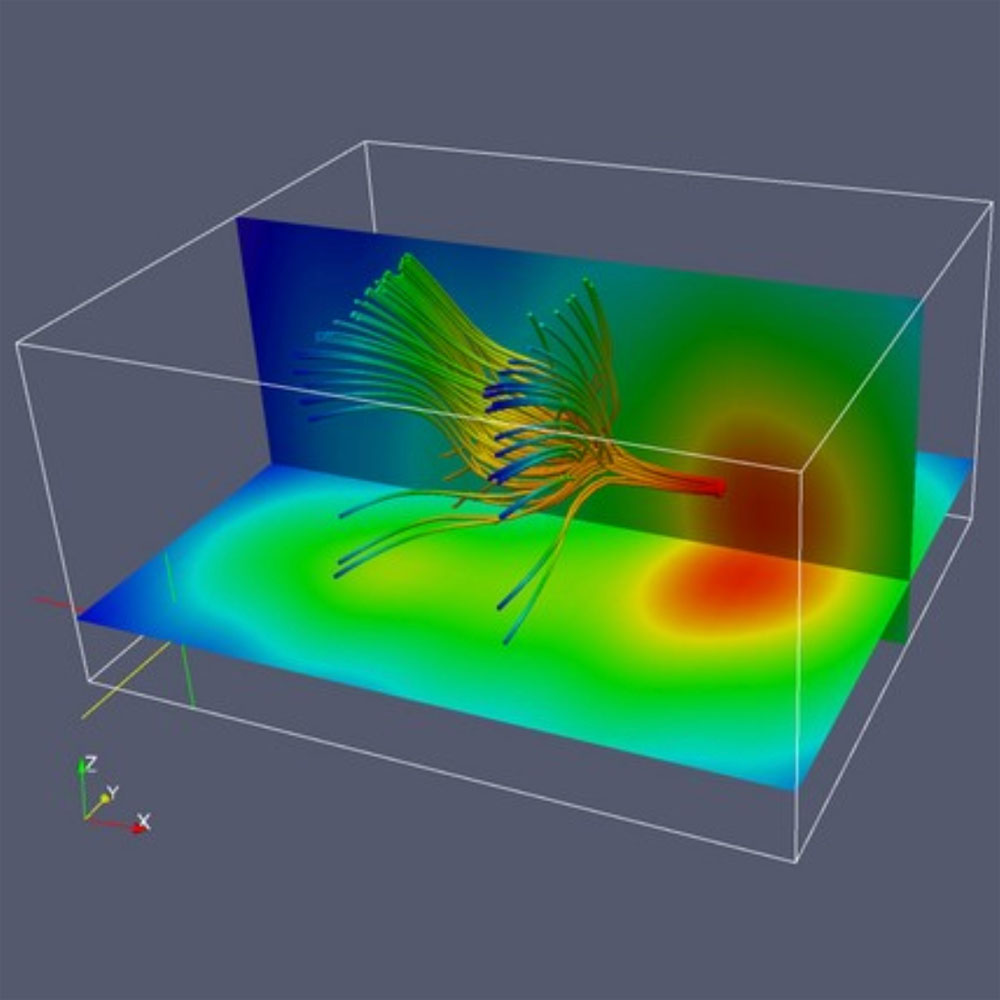Time for a common postprocessor?
Standards come in two flavors: The ones we like and the ones we don't like. I like USB and HDMI, and I guess that many others do the same. Those two standards
- are everywhere
- work (almost) every time
- hide under the hood what should be hidden under the hood
Most people do not know of property number 3 due to its own success. This is a paradox which a good standard shares with a good professional in any field.
Output from numerical simulations may be exciting in content, but formally it is incredibly boring. The same patterns, the same structures, the same everything and lots and lots of it.
The idea of standardizing the treatment of such output should be obvious. To some it is, but not to all. This state of affairs calls for improvement. We could all agree on a good standard today. Tomorrow, that standard might be even better.
The academic world has to some extent seen the light
ParaView is an open source postprocessor which reached the necessary critical mass many years ago. It is extremely versatile and scalable in its present state, and the code is very well organized. Being an open source product, anyone with any wish to make an improvement may immediately do so. ParaView also has an unrivalled portability. The standard configuration even supports the latest 3D web technology. If you want to, you can display any simulation result 3D animated on the internet.
These benefits have made an influence on many large-scale research projects. But ParaView also has an unexploited potential to affect academia on a smaller scale. The day is yet to come when a student can take a 3D-animated von Kármán vortex street home to his parents and show it to them on his laptop or tablet from any angle they wish. However, the ax is already at the root of the trees.
The license-bound, commercial world has not seen the light at all
License-bound, commercial postprocessing has been portable for some time. But only in the sense that the solution can be untied from a license. The big vendors have yet to offer technology which enables a solution from one system to be displayable together with a solution from another system. This is a pity. Many users would be interested in making high quality comparisons. But today's state is rather opaque.
ParaView has the potential of enabling a large number of comparisons. I have written some add-on code to ParaView which enabled the display of Particleworks solutions and to compare them with solutions from other approaches to two-phase flow analysis (VOF, for instance). Thus, ParaView proved in possession of very important capabilities if one wants to advance the Moving Particle Simulation (MPS) method professionally.
To my knowledge, only two vendors fully walk the talk
SimScale and Simxon. To all who think that SimScale is purely an entry-level simulation vendor, this may seem like a paradox. I don't see any paradox.

A pretty ParaView picture. For more pretty pictures, see here.

